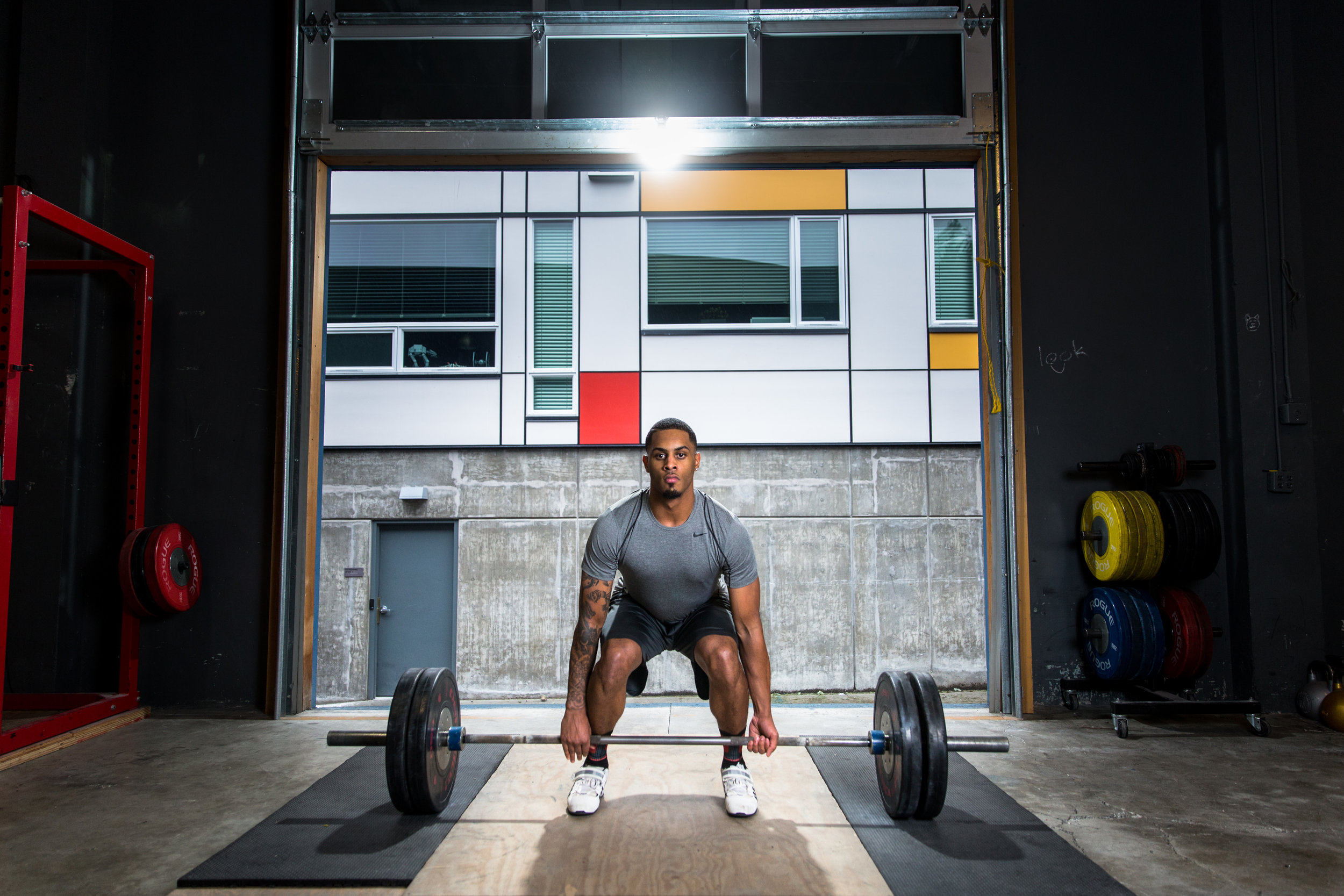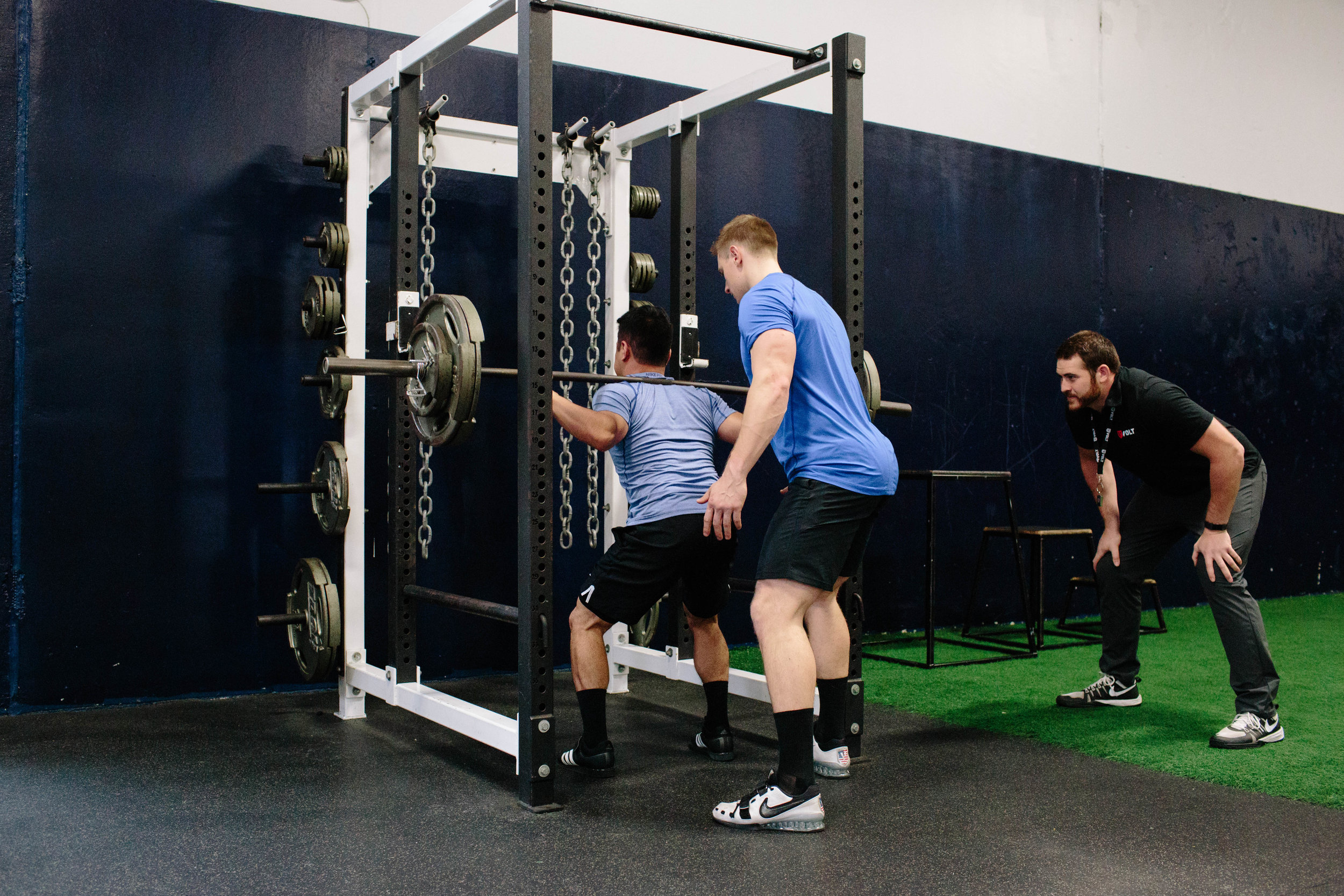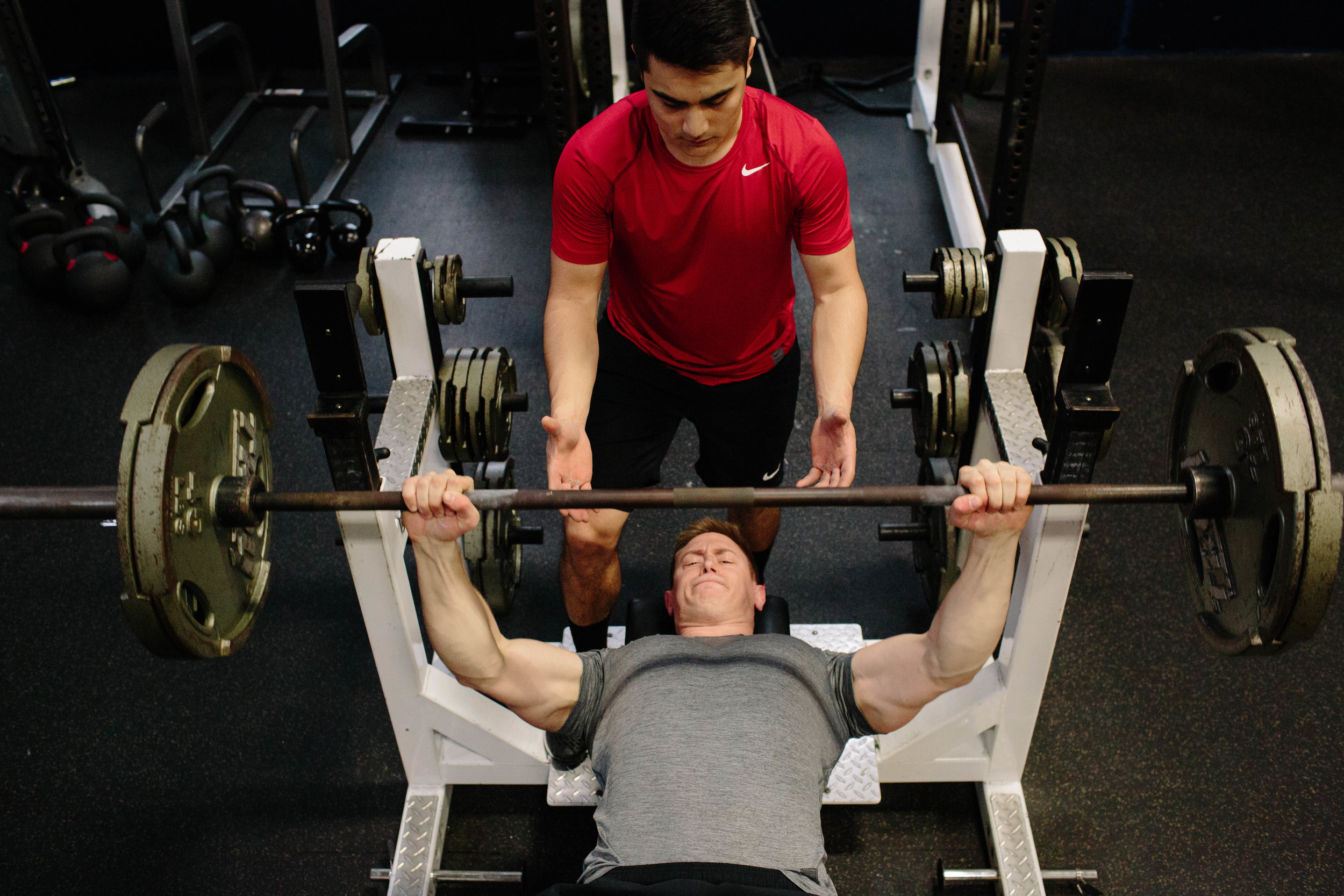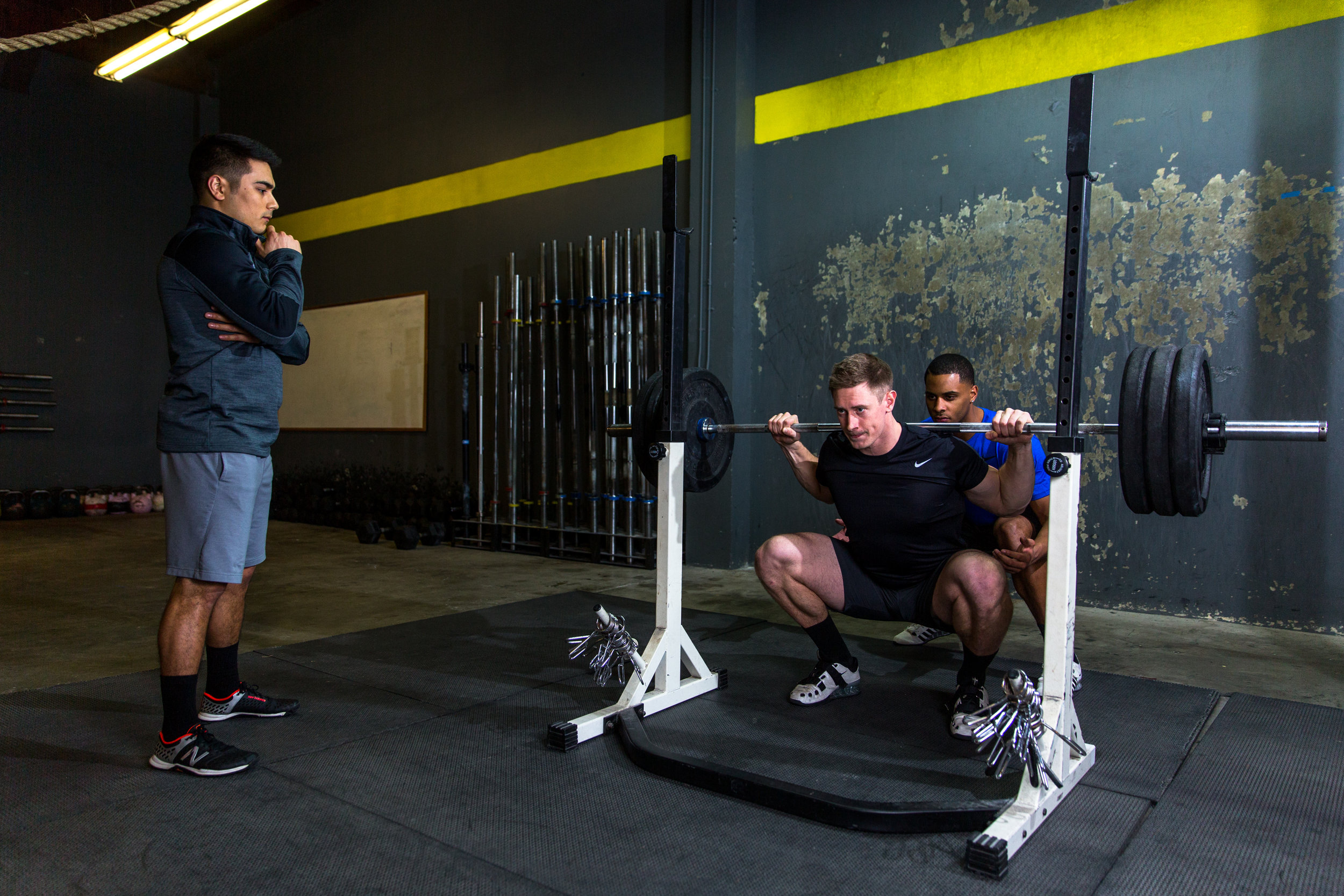The Volt Lifting Commands + Spotting Guidelines
/The successful implementation of your Volt training program depends on the active participation of coaches in the weight room. By being present in the weight room, you can help ensure the safety of your athletes by reinforcing proper lifting technique, while establishing a culture of support and accountability in the weight room.
To equip you to coach a Volt workout safely and effectively, here are some tips from our Sport Performance team.
The Volt Lifting Commands
In addition to step-by-step instructions, we’ve also included brief Coaching Cues for every Volt movement to help you guide your athletes into proper positioning. These Coaching Cues often utilize a few common lifting commands, and are designed to help coaches direct athletes to move powerfully and efficiently in the weight room. The goal of any lifting command is to teach athletes to prioritize proper spinal alignment and core activation in each exercise, helping to ensure safety and improve lifting technique.
Here are the most common lifting commands, and their intended purpose when used to teach and correct lifting technique:
EYES UP
Keeps the neck in alignment with the torso, stabilizing the upper portion of the spine while keeping the athlete from looking down at his or her feet.
CHEST PROUD
Prevents anterior rotation of the shoulders to stabilize the upper back and protect the rotator cuff, and allows for proper bracing and support of the torso.
BACK FLAT
Protects the low-back and stabilizes the spine to allow the hips and legs to produce force efficiently.
CORE LOCKED
Engages stabilizing abdominal and low-back muscles to build strength and stability in the trunk musculature surrounding the spine.
BUTT BACK
Emphasizes proper hip-hinging mechanics to prevent overuse of low-back muscles and properly develop the posterior chain.
KNEES OUT
Actively engages the hips to stabilize the knees and avoid injury.
HEELS DOWN
Keeps the athlete grounded and balanced to create a stable surface through which to safely generate force.
BIG TOE DOWN
Encourages athletes to distribute weight throughout the foot (not just in the heels) to create stability, and helps engage the glutes and posterior chain in every movement.
Spotting Your Athletes
Because safety is always the number-one priority in the weight room, young athletes and beginners should always be spotted on difficult multi-joint exercises — especially those that involve a barbell or dumbbells being lifted above the head, on the back, on the fronts of the shoulders, or over the face. As a coach, it’s important to know both how to perform and properly spot an athlete during every lift. Here are a few Volt guidelines to spotting your athletes.
When spotting the squat, the spotter should stand directly behind the athlete and track the movement of the bar with both hands, ready to assist by touching only the weight, if necessary.
SQUATS
Athletes should use a spotter(s) for the BB Back squat and its variants, especially during heavy or maximal attempts.
If only 1 spotter is available, they should standing directly behind the athlete and track the bar with both arms, ready to assist in lifting the bar should the athlete get stuck at the bottom.
2 additional spotters can stand on either side of the bar, tracking the bar without touching it, unless the athlete needs assistance.
Spotters can help to gently unrack/rack the bar for the athlete.
If no spotters are available, athletes should set the crash bar inside the squat rack at about one inch below their full squat depth.
ALWAYS use a spotter(s) when testing a maximal squat attempt.
When spotting the bench press, the spotter should stand directly behind the athlete's head and help unrack/rack the bar, then track the path of the bar with both hands. Again, the spotter should only assist by touching the bar, not the athlete.
BENCH PRESS
Athletes should use a spotter for the BB Bench Press and its variants, especially during heavy or maximal attempts.
The spotter should stand directly behind the bar (above the athlete’s head) with both hands tracking the bar.
Spotters can help to gently unrack/rack the bar for the athlete.
If an attempt is especially heavy, 2 additional spotters can stand on either end of the bar, tracking the bar without touching it, unless the athlete needs assistance.
ALWAYS use a spotter(s) when testing a maximal bench press attempt.
EXPLOSIVE/OLYMPIC LIFTS
- Olympic movements like the clean or snatch do NOT require spotting; the dynamic nature of the lift and uncontrolled bar path make it dangerous for a spotter to interfere.
Make sure athletes can perform explosive movements with proper technique before attempting heavy weights.
It can be helpful to teach athletes how to safely miss or “bail out” of a lift.
ALWAYS perform explosive barbell lifts with bumper plates on a designated Olympic lifting platform, so as not to damage the weight room floor.
Weights should only be dropped when absolutely necessary.
GENERAL SPOTTING GUIDELINES
- Spotters should actively follow the WEIGHT being lifted, without touching the athlete, in order to assist the athlete if necessary.
Do NOT touch the bar when it is in motion, unless asked to assist by the athlete.
Stand with hands open, ready, and tracking the bar at all times.
Stand in an athletic position with core locked and knees bent, ready to assist if necessary.
All athletes (spotters included) should be properly supervised by qualified personnel at all times.
If you have any questions about proper lifting or spotting technique, please contact your designated CSCS-certified Strength Coach Consultant!
If you're not part of the Volt Family, you can join over 250,000 coaches and athletes using Volt's intelligent training system. For more information, click here.












